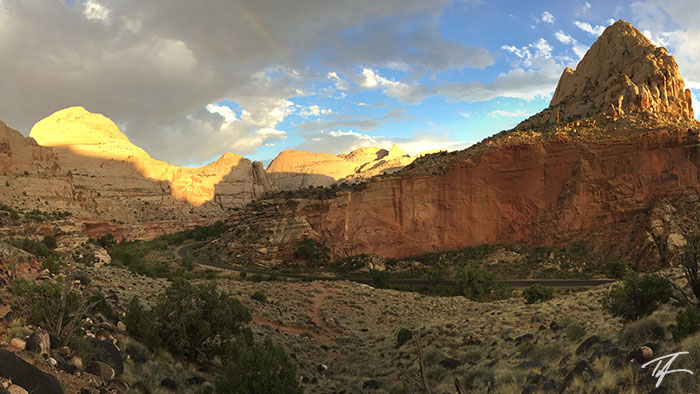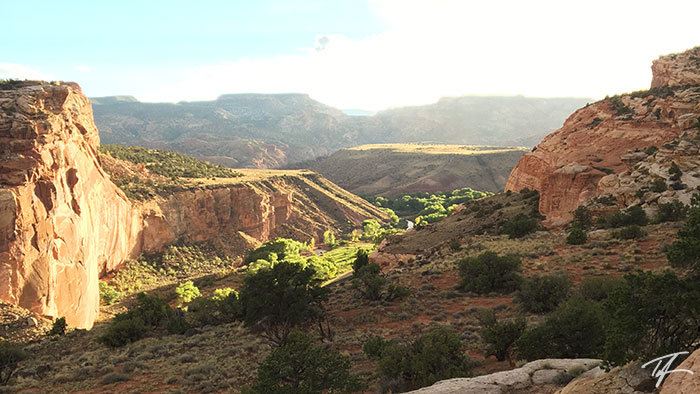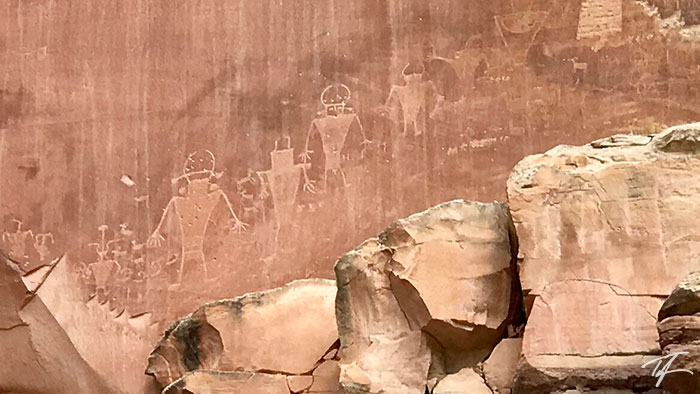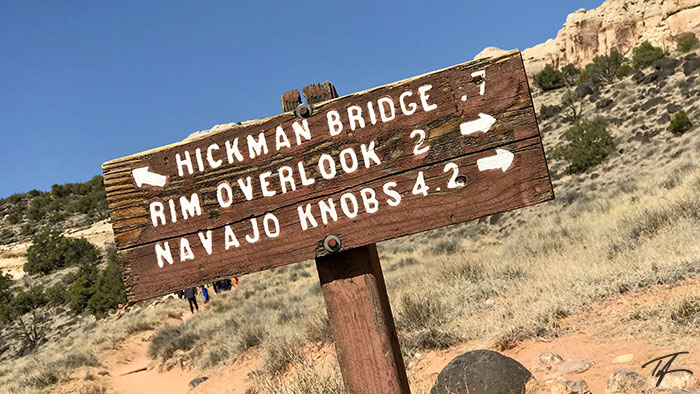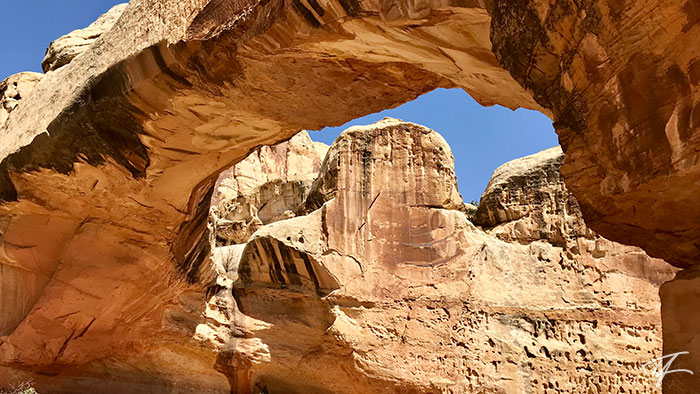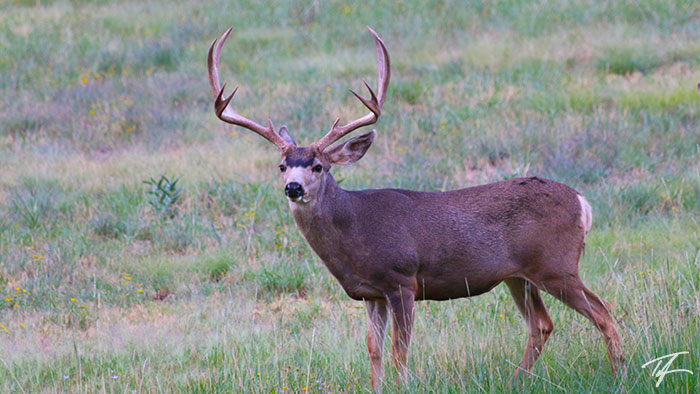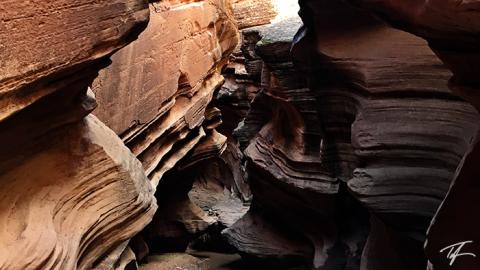Capitol Reef National Park
Capitol Reef National Park
Capitol Reef National Park gets its name from two parts—one is the "Capitol Dome" shaped white sandstone rock formations common in the park—the second is the geologic barrier of cliffs that spans 100 miles known as the Waterpocket Fold.
The Fruita area of the park is the long-time home to the indiginous peoples of the area as well as Mormon pioneer settlers that planted the orchards that still produce fruit today along the Fremont River. Petroglyphs on the canyon walls were the message boards of the Fremont culture dating back to 500 CE.
Capitol Reef National Park provides ample opportunities for day hikes easy enough for young families all the way to experienced backcountry adventures.
In 2015, the International Dark-Sky Association designated Capitol Reef National Park as a "Gold Tier" International Dark Sky Park—with the highest quality night skies and very little light polution.
Capitol Reef was proclaimed as a national monument by President Franklin D. Roosevelt in 1937. Due to the Great Depression and World War II, it wasn't until 1950 that the monument was made accessible to the public. In 1968, President Lyndon B. Johnson significantly expanded the monument's size and Capitol Reef became a national park in 1971 with the signature of President Richard M. Nixon.


